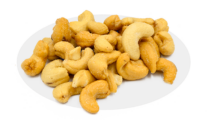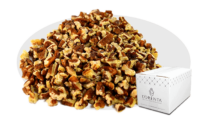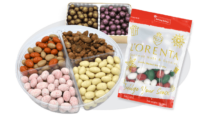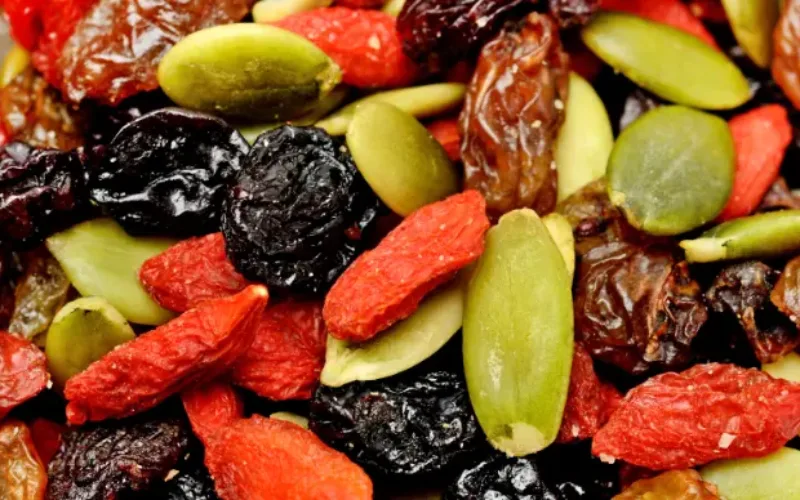Written By Sam Henselijn
Tree nuts for diabetes prevention? Studies show that 1 in 10 Americans has diabetes. Amongst those, 1 in 5 Americans has diabetes, but is unaware of it. The CDC provides a National Diabetes Statistic Report, which provides up to date information and studies that are run on diabetes yearly. The number of those diagnosed rises with every year, and it is important to eat healthy to help lower the risk of being diagnosed yourself. Although there are no methods to completely eliminate the risk, you can take simple actions to help lower the risk at home.
One of the easiest, and smallest, ways you can make a big difference in your diet is by adding tree nuts. Tree nuts are dense with nutrients that may help your body fight off disease more efficiently. Before we delve into the benefits of tree nuts, let’s take a moment to learn about diabetes and the negative effects that can come along with it.
What is Diabetes?
Diabetes is a health condition that changes the way your body creates an energy source for you. In short, your body will either not produce enough insulin, or not process the insulin it makes properly. Untreated diabetes can lead to even more health problems down the line.
There are 3 different types of diabetes: type 1, type 2, and gestational diabetes.
Type 1 diabetes is a variation in which your body stops making insulin. Those who struggle with this have to take daily insulin to stay healthy. Type 1 is often diagnosed quickly, because it develops so quickly.
Type 2 diabetes is when your body produces insulin, but doesn’t use it well enough to maintain healthy blood sugar levels. This type develops a bit slower, and is harder to spot and diagnose.
Gestational diabetes is found only in pregnant women who have never had diabetes before. It often goes away after the baby is delivered, but can sometimes stay, or put you at higher risk of development later in life.
What are the numbers?
The CDC states that, “37.3 million US adults have diabetes, and 1 in 5 of them don’t know they have it.” Furthermore, they quote that, “Diabetes is the seventh leading cause of death in the United States”. Through research we now know that in the last 20 years the number of diabetes diagnoses has doubled. With the ever rising number, it is important to do what you can to help your body lower the risk.
Tree nuts are known for the large amounts of nutrients they can transfer to your body. Many of these nutrients might play a key role in helping keep you healthy.
Walnuts
Walnuts are a filling snack, which in turn will help you feel full
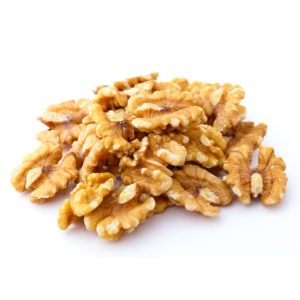
and can prevent overeating. This leads to weight loss, which is one of the greatest ways to help lower the risk of type 2 diabetes. Eating healthy snacks like tree nuts helps steer you away from unhealthy cravings. The fiber and protein provided by walnuts will also aid in managing hunger.
The nutrients found within walnuts can help with inflammation as well, which is often tied with diabetes. Adding walnuts to your diet can help lower the risk of other conditions as well, mostly tied to the heart.
Cashews
Out of most common tree nuts, cashews have one of the lowest fat levels. The fats that cashews do have are ones that greatly benefit your heart. They can aid in lowering high blood pressure, and control sugar spikes.
Cashews are also known for helping regulate blood sugar levels, which is essential to those with diabetes, and those looking to lower the risk of developing diabetes. This tree nut is another great way to manage a healthy weight and lifestyle.
Pistachios
Pistachios are a fantastic source of fiber and healthy fats, and are
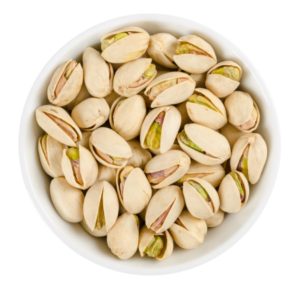
best known for how much they aid in energy production. What is lesser known is that pistachios are another nut that can help lower blood sugar levels. This makes them both a diabetes friendly snack, and a snack to help prevent diabetes.
Studies show that pistachios may also help women with gestational diabetes by aiding in the management of their blood sugar levels. Poor blood sugar levels can increase the risk of developing diabetes; meaning it is important to consume food that will keep those levels healthy.
Brazil Nuts
One of the easiest ways to lower cholesterol and boost insulin
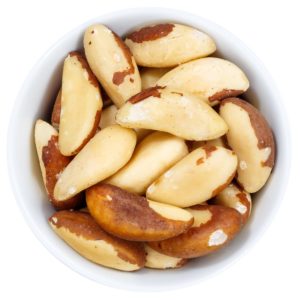
sensitivity is by adding brazil nuts to your diet. The high level of selenium that is found in brazil nuts can be the secret ingredient to help lower your risk of diabetes. Selenium can improve your body’s sensitivity to insulin, while also lowering blood sugar levels.
Brazil nuts are also a great source of fiber, which has also been linked to possibly helping lower the risk. These tree nuts have been shown to regulate healthy cholesterol as well, which plays a big role in keeping your body in top shape.
Although nothing can guarantee full prevention of developing diabetes, various studies show how helpful small diet changes can be. Adding tree-nuts where you can just might be what helps you prevent diabetes. Eat them plain, or toss them into some of your favorite recipes. Either way, give it a try and see if it will help you or the ones you love.
Sam Henselijn Author’s Biography – Meet L’Orenta Nuts CEO
Copyright 2024 L’Orenta Nuts
L’Orenta Nuts proudly holds the SQF food safety certification, symbolizing our unwavering dedication to upholding the highest standards of food safety and quality. This certification guarantees that our products undergo rigorous scrutiny, ensuring transparency, traceability, and adherence to global food safety regulations for the utmost consumer confidence.
L’Orenta Nuts has the HACCP (Hazard Analysis and Critical Control Points) certification is a systematic approach to identifying, evaluating, and controlling food safety hazards. It ensures that food products are produced and handled in a manner that minimizes risks and complies with safety standards.
Our GMP (Good Manufacturing Practices) certification ensures that a manufacturing facility adheres to comprehensive quality and safety standards while producing pharmaceuticals, food, and other consumer goods, promoting consistency, quality, and compliance with regulatory requirements.
L’Orenta is an FDA-approved manufacturing facility and has met the rigorous standards set by the U.S. Food and Drug Administration. It demonstrates compliance with regulations, ensuring the production of safe and high-quality food products.



